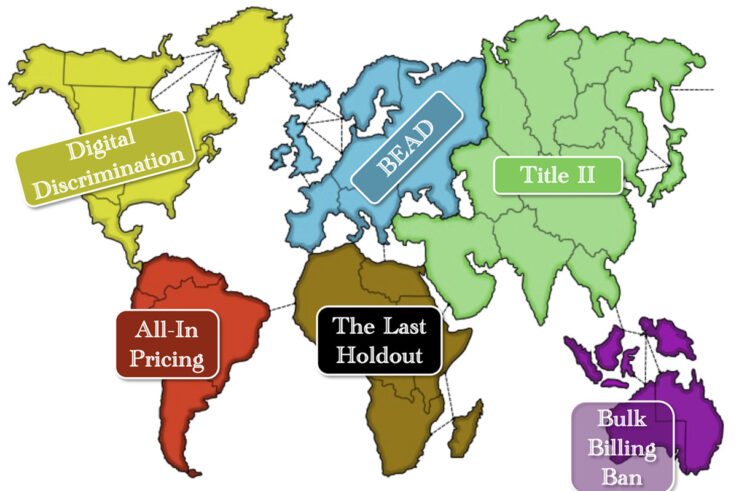In Monday’s Credit Suisse v. Billing decision, the Supreme Court held that the federal securities laws implicitly precluded the application of antitrust law to the defendants’ alleged misconduct. The plaintiffs, buyers of newly issued securities, had accused the defendants, underwriting firms that had collectively marketed and distributed those securities, of violating Section 1 of the Sherman Act by agreeing to sell the securities only on the condition that buyers engage in various other transactions. The underwriter defendants sought dismissal of the complaint on grounds that the federal securities laws impliedly preclude application of the antitrust laws to the conduct in question.
In an opinion authored by Justice Breyer, the Court agreed with the defendants. It held that antitrust was impliedly preempted in this case because (1) the securities laws create regulatory authority to supervise the activities in question, (2) the SEC had exercised that authority, (3) allowing both antitrust law and the securities laws to apply to the conduct at issue could result in “conflicting guidance, requirements, duties, privileges, or standards of conduct,” and (4) the potentially violative conduct “l[ay] squarely within an area of financial market activity that the securities law seeks to regulate.”
My friend and colleague Danny Sokol is not so sure about the decision. He argues that “the choice of sector regulation over antitrust through what is in effect an immunity that could be broadened over time should leave us a bit concerned.” He begins with the quite sensible proposition that “the optimal mix [of authority between antitrust tribunals and sector regulators] depends on the costs and benefits of each institution, its capabilities and effectiveness.” He then highlights a major weakness of sector regulation vis-a-vis antitrust — the potential for agency capture. Danny explains:
Because antitrust is a law of general applicability, it has fewer problems of capture than sector regulators. As sector regulation focuses on a specific industry, agency capture is a potential problem of sector regulation and more severe among sector regulators than at antitrust agencies. Repeat players in sector regulation are those in a particular industry with a vested interest in sector outcomes. This repeat play within a narrow band of interests may make sector regulators more prone to capture than antitrust regulators, whose oversight exposes them to many industries and interest groups.
While Danny raises a valid concern (I’ve previously posted on the problems of agency capture), I think SCOTUS got this one right.
True, it’s possible that regulatory agencies will become captured by their regulatees and will approve of conduct that’s legitimately anticompetitive. That’s probably not much of a concern if the “losers” at the agency level — those injured by the anticompetitive behavior — constitute a somewhat discrete and insular group; in that case, they’ll likely organize, lobby the agency for a rule change, and, if unsuccessful, generate attention that results in political pressure to change things. If, however, the victims of the anticompetitive conduct are widely dispersed and difficult to organize (e.g., individual investors), capture may be a real possibility. Even then, though, there’s likely to be some political pressure to alter the rule.
Private enforcement by plaintiffs’ lawyers, by contrast, is subject to no political controls. When private plaintiffs and their lawyers are deciding whether to initiate and/or continue a lawsuit, they don’t take account of the public good. Instead, they consider only their expected costs and their expected payoff from a favorable verdict or (more likely) a settlement. In many cases, the conduct that gives rise to a lawsuit will be procompetitive on the whole but will look fishy enough to justify the initial filing of a lawsuit and to survive a motion to dismiss and perhaps even a motion for summary judgment. The objective of the plaintiff’s lawyer is to keep the litigation going as long as possible in the hope of extracting a favorable settlement. Knowing this sort of exploitive litigation is a possibility, private actors may forego conduct that’s genuinely procompetitive but ambiguous enough to support nuisance suits.
So the Supreme Court had to pick a poison: potential agency capture or potential overregulation (of already regulated activity) by politically unaccountable plaintiffs’ lawyers. I, for one, am pleased with its choice.




